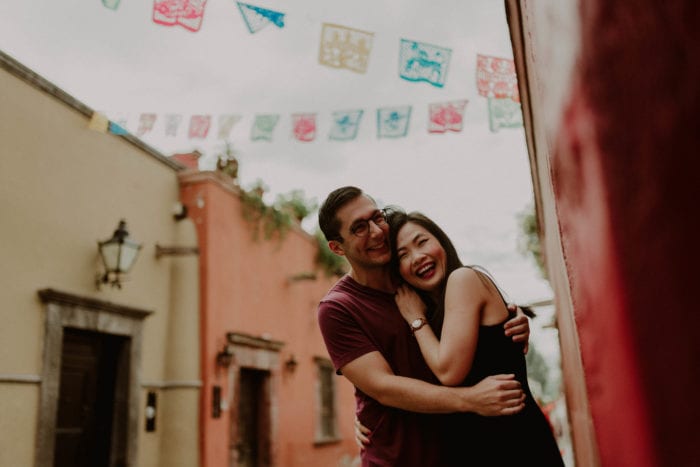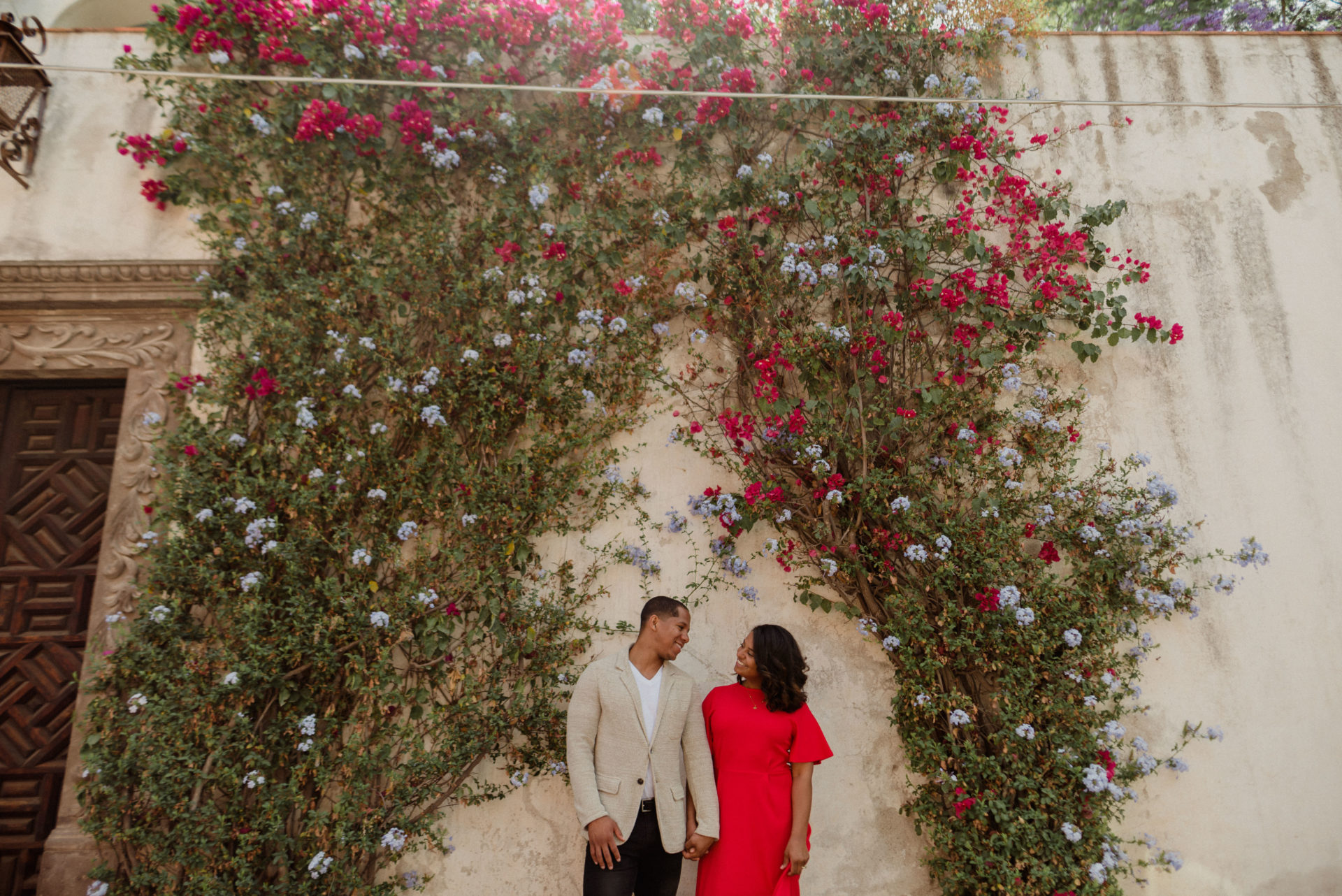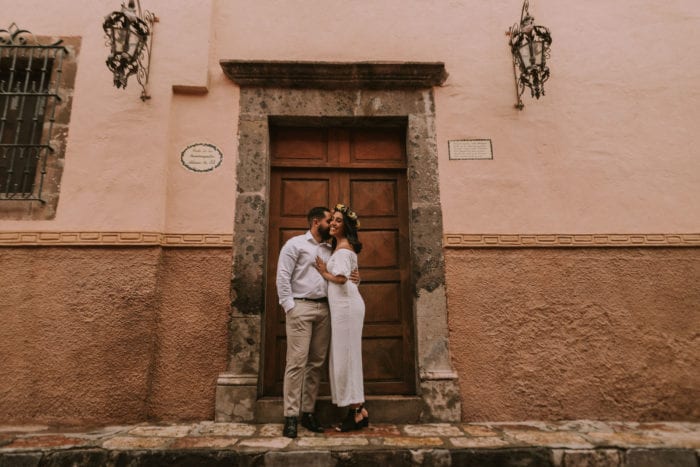10 Best Things to Do in Queretaro, Mexico
Where is Queretaro, Mexico?
You’re now right in the middle of the magnificent Historic Center of Queretaro, one of only eight Historic Centers in Mexico that have been declared as World Cultural Heritage Sites by UNESCO. Querétaro’s low crime rate and high standard of living have made it an attractive place for travelers to visit from all over the world. Its temples and convents, splendid houses dating back to the 17th and 18th centuries, old traditional cobblestone streets and alleys, and ornate plazas and gardens are proof of Queretaro’s rich and intriguing colonial past. It is an amazing backdrop for a family photoshoot! While you’re here, we’re hoping you get a taste of what “real” Mexico is like.
Getting Around
The historical center of town is very compact and it’s easy to walk around. Taxis will take you anywhere in town for a fare from $50 pesos ($3 USD) up to $150 ($9 USD), although the airport is probably more expensive. Taxis do not have meters, and fares are established by the government. Uber is also in Mexico and is very cheap in comparison to the US rideshare prices.
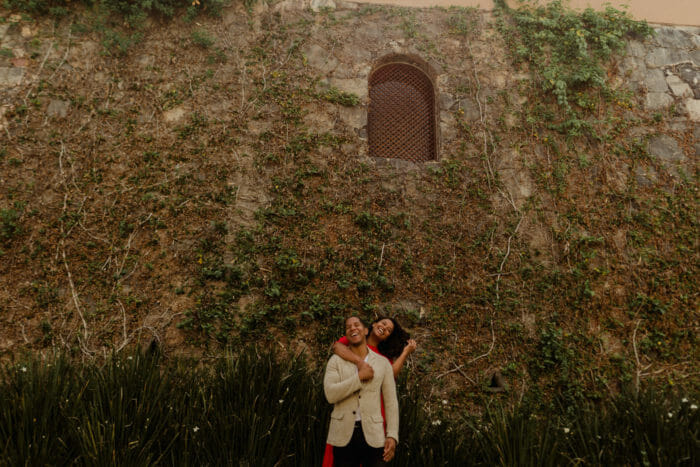
Best Restaurants in Queretaro
FIN DE SIGLO
Tradicional Mexican dishes with a few gourmet twists. The quality of the food is excellent, the service is great, and they have a wide variety of food. We suggest trying “Enmoladas” or “Enchiladas Queretanas”. Haley’s favorite Mexican dish is “Chile en Nogada”, and it is only in season in September – October!
MARIA Y SU BICI
This restaurant specializes in food from the southern states of Mexico. We recommend ordering “Cochinita Pibil” or “Pollo con Mole” (“Po-yo con moe-lay”), and to drink some delicious Mezcal or “Agua de Horchata”. If you’re feeling adventurous, try some grasshopper tacos (they’re quite tasty, believe it or not)!
TIKUA SUR ESTE
Southeast Mexican food with a touch of modern flavor. Ask for a table in the patio near the fountain. They have an English menu, and the staff is always ready to make great suggestions. Across the street is the Museo de Arte, which has one of the most beautiful courtyards in the city.
1810 / CHUCHO EL ROTO
These two restaurants are neighbors, and they overlook Plaza de Armas (one of the prettiest plazas of the city). Either has pretty great food. Steaks, salmon, many types of enchiladas, and molcajetes full of deliciousness. There’s usually live music outside on the patio in the late afternoons.
STREET FOODS
For a delicious hometown treat, there is corn prepared with mayonnaise, cheese, and chili. It may sound weird, but it tastes amazing. If you want one look for a street cart and order an ‘elote con todo’, They can add the chili or serve you a non-spicy one. Another refreshment would be fruit, like no other fruit you’ve tried. It is served with lime, salt, and chili, and it will forever change the way you think about regular fruit.
TACOS 3 GARCIA
Regarding the best taco stands, there are so many good ones. Our personal favorite is Tacos 3 Garcia. It is a hole-in-the-wall taco establishment, and we can’t promise your stomach will make it through unscathed… but it’s worth it! Order a Gusano (“gew-za-no”) and you won’t regret it.
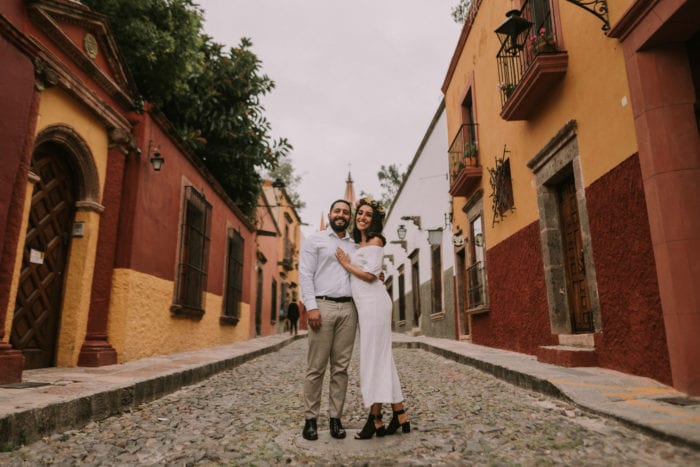
Best things to do in Queretaro, Mexico
CASA DE LA MARQUESA
Built-in 1756 in baroque style, its purpose was to serve as the residence of the Marques’ love. It is full of carved stonework and colorful details. Legend has it that the Marques fell in love with a nun who was faithful to her vocation and refused his advances. She asked him for 2 favors: to build the aqueduct and to build the most beautiful building in the city. This house has been restored meticulously, even to the point of uncovering the original wall paintings.
JARDIN GUERRERO
The Old City Hall is here. It is a lovely square with a fountain surrounded by trees. The pedestrianized section of Madero street is great to walk down, and it extends the square into the atrium of the Santa Clara Church.
SANTA ROSA DE VITERBO CHURCH
The outside is flanked by scroll-shaped flying buttresses. The tower has a unique shape and is topped with a pyramid-shaped crest. Inside, the most outstanding feature is the pulpit inlaid with ivory, nacre, turtle shell, silver, and its altarpieces are gold covered in Querétaro Baroque style.
MUSEO DE ARTE QUERETARO (MAQRO)
The monastery was built in 1743 and occupied by Augustine friars. It is considered to be one of the finest Baroque works of art in Latin America. Its fame as such comes from the decoration of the arches and columns that surround the inner courtyard. The museum contains one of the most important collections of colonial-era art and is organized by painting style. There may be a small fee to enter the museum, but the courtyard alone is worth the visit. Must-see!
ZENEA GARDEN
This is one of the main squares with a beautiful gazebo in the middle. Great spot for people-watching. It was the old financial center of the city.
MONUMENT OF LA CORREGIDORA
A bit of history: On 13 September 1810, Epigmenio Gonzalez was arrested for having stockpiled weapons for an insurgency and the next day Mayor Miguel Domínguez and his wife Josefa Ortiz de Domínguez were arrested for their roles in the Conspiracy of 1810. With the conspiracy discovered, she still managed to get a warning to Miguel Hidalgo, who is known as the father of the homeland (“padre de la patria”). He then gave his famous grito (the cry for independence), which is considered to be the call to arms that initiated the Mexican Independence War. For her actions, Josefa, aka La Corregidora, was imprisoned several times between 1810 and 1817. She died impoverished and forgotten but was later remembered when she became the first woman to appear on a Mexican coin. Once the armed battle began, Queretaro was taken by the royalist army and was the last major city to be taken by the insurgents. This monument is dedicated to La Corregidora.
ANDADOR LIBERTAD & ANDADOR 5 DE MAYO
These are both pedestrianized streets full of restaurants, cafes, stores, & small shops. There’s a bunch of good souvenir shopping here. You can also find stands that sell fire opal, regarded to be the national gemstone of Mexico. Queretaro is the world’s largest producer of this volcanic natural wonder.
PLAZA DE ARMAS
The Plaza de Armas is the oldest part of the city and is filled with Indian laurel trees, surrounded by outdoor restaurants and colonial mansions. In the middle of this plaza is a fountain that honors Juan Antonio de Urrutia, who built that large aqueduct to bring water to the city (see below). Great place for people-watching. The best-known structure on this plaza is the Palacio de la Corregiadora.
PALACE OF LA CORREGIDORA
This building houses the government of the state of Querétaro. Its name comes from its most famous occupant, Josefa Ortiz de Domínguez, who was the wife of the mayor or corregidor of the city. Known as La Corregidora, she is a heroine of the Mexican War of Independence and the Conspiracy of 1810 that led to the start of the Independence War (which occurred here).
TEMPLE OF THE HOLY CROSS
At this historic site, the conquest by the Spanish against the native people occurred on June 25, 1531. Both the church and the monastery are Franciscan and is one of the few monasteries to be in operation in Mexico. This was also the site of the first missionary school established in the Americas. Tours are available here and feature how the aqueduct brought water here to cisterns, from which the residents of the city would fill their buckets. There is also a thorn tree said to have grown from the walking stick of Friar Antonio Margil de Jesús and is considered miraculous as the thorns grow in the shape of a cross.
AQUEDUCT LOOKOUT PLATFORM
The Queretaro Aqueduct, better known as Los Arcos, is a real symbol of pride for the people of Queretaro. It has 74-arches, rises 23 meters (75 feet) above street level, and conveyed drinking water to the city from regional springs from 1726 until 1970. Must-see: find the lookout platform that’s towards the west end for amazing views of the city.
PANTEÓN DE LOS QUERETANOS ILUSTRES
Across from the lookout platform is a hilltop chapel. It includes the red and yellow tomb where the city’s 19th-century independence movement heroine, La Corregidora, rests. It is also the resting place for many other historic figures such as Miguel Domínguez (Corregidor of Querétaro), and Epigmenio González (one of the main insurgents from the war of independence).
